Commuter-core Is More Than Just a TikTok Trend
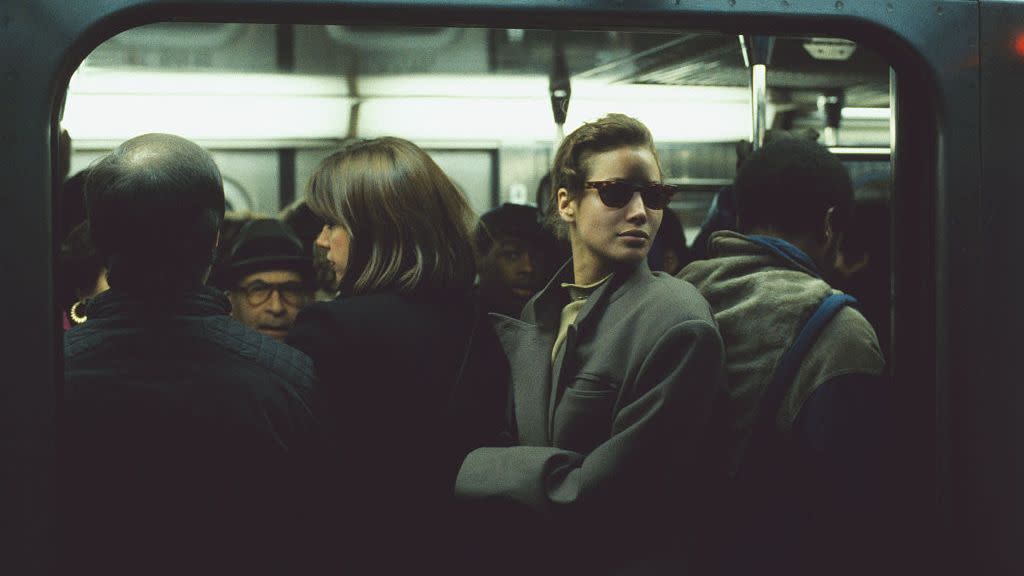
- Oops!Something went wrong.Please try again later.
It was an indelible image to mark the end of the spring collections: On the runway at Miu Miu, the last major show of the season, look after look was paired with a big leather top-handle bag loaded to the brim, even spilling over, with stuff. You could make out the straps of a bra or a tank top or a heel. It was packed so full, it could no longer zip shut. As the runway visuals made their way to social media, they were met with knowing recognition from those once again schlepping to work with laptops, gym clothes, and lunches crammed into totes as return-to-office mandates have ramped up.
The look seemed to cement another “core,” one of those trends on hyperdrive that Gen Z loves to breathlessly anoint and then declare over just as quickly. This, people affirmed, mostly on TikTok, was “commuter-core”! It has various permutations, not limited to hauling your life around in an overstuffed bag. There’s also the hoodie under the blazer or the sneakers worn with baggy trousers and an even bigger button-down shirt—something that says, “I got dressed up today, but, hey, if I sweat or spill something on myself while in transit, I don’t care about turning up to the office a little worse for wear.” It’s a little costumey and, like all “cores,” a kind of fashion fantasy. Commuting, and what one wears along the way, isn’t something a lot of younger people have had to do much of. If they started a job in the past four years, they likely did so from home.
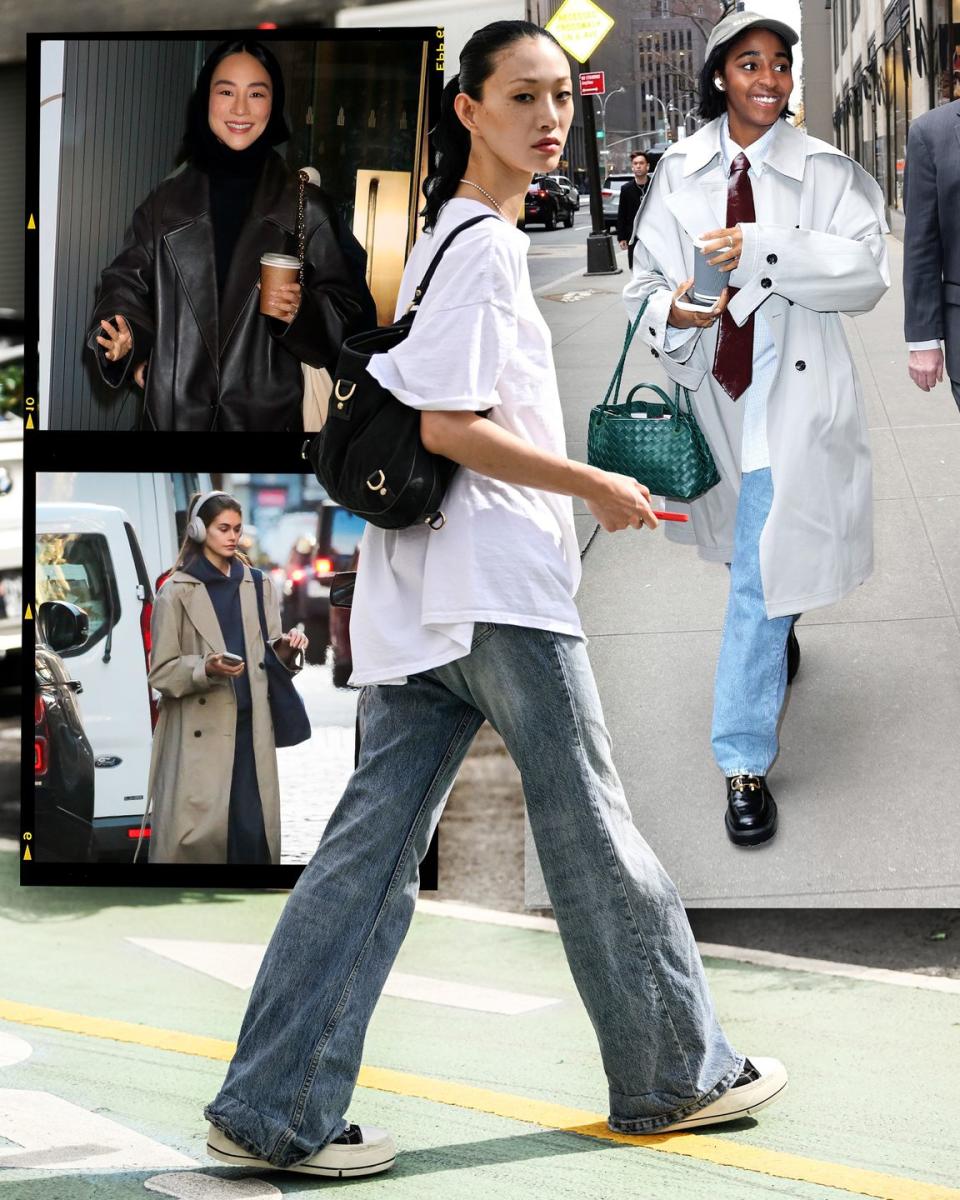
But now, as many of us have resumed the home-to-work-and-back-again shuttle, designers have begun to propose ways of dressing that take into account all the hustle that has come with post-pandemic life. Practically, they are thinking about clothing that will work for a day that may be frenetically packed and include a lengthy commute. And they are also interrogating, cheekily, the idea that a return to office necessitates a return to old tropes of
office dressing and, instead, reimagining what that new wardrobe could look like.
The idea of a work wardrobe originated with designers like Claire McCardell, who is often credited with popularizing American sportswear in the 1940s, and Anne Klein, who, three decades later, empowered women to embrace their personal style. Then Donna Karan and Norma Kamali arrived. Karan’s Seven Easy Pieces offered women a capsule of stylish anchors in their everyday wardrobes, while Kamali pushed them out of the box of the boardrooms by introducing more shoulder pads and less-constricting fabrics like jersey, parachute, and cotton. In the late 1970s and early ’80s, the term power dressing manifested as mostly uncomfortable femme takes on menswear, with belted blazers and tight pencil skirts.
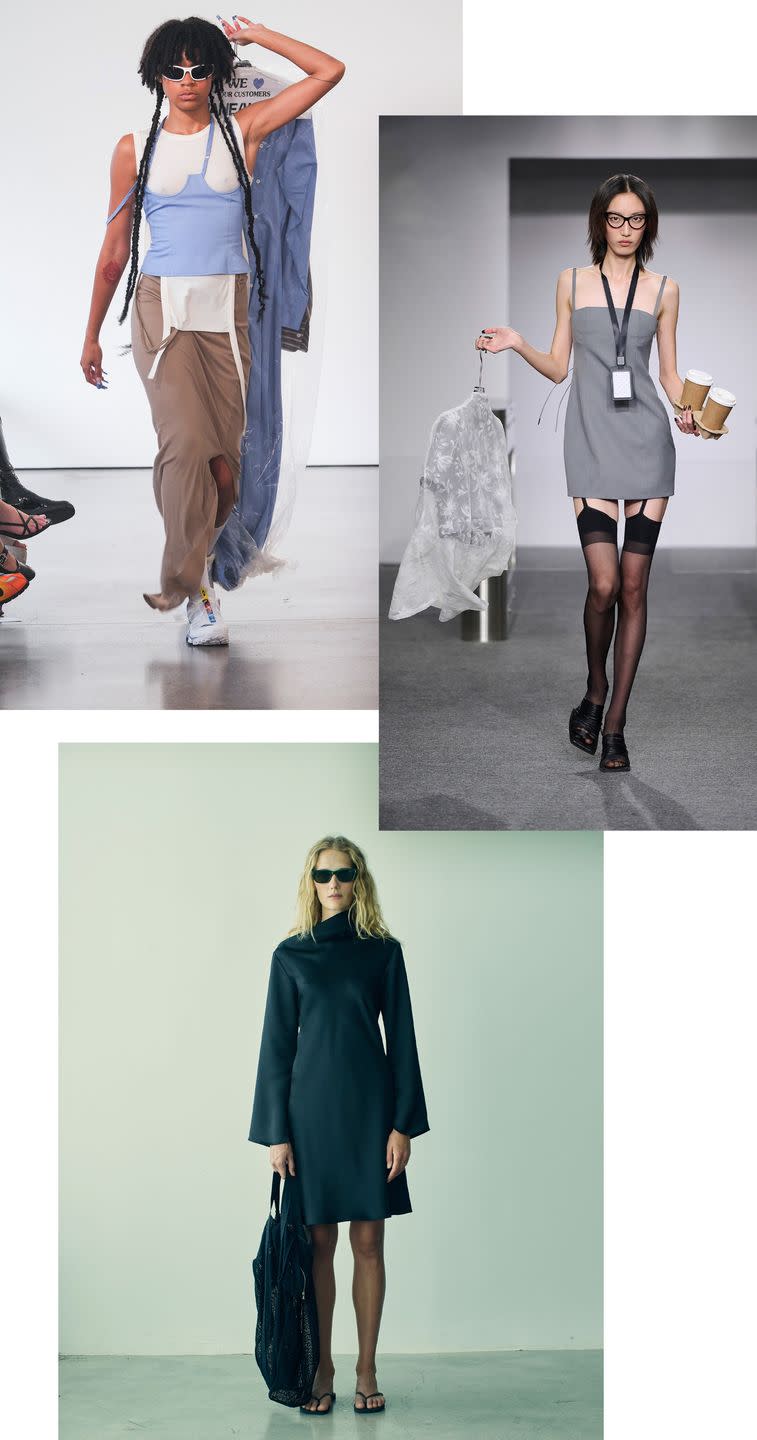
My mom was a criminal prosecutor in Chicago in the 1970s and ’80s. She never thought much about how to dress for moving between home, the office, and the courtroom. When I told her about commuter-core over the phone, she was dead silent for a few seconds and then asked dryly, “What?” Back then, she was just trying to keep her head down, work hard, and make the men around her forget that she was one of two women grinding away at the Cook County Criminal Courts Building on 26th Street at California Avenue. How comfortable she was in transit was less of a concern than wearing clothes that didn’t make her stand out. One thing, though, was non-negotiable. “Never sneakers,” she said.
That image that my mom had such a visceral reaction to, of the suit and the sneakers, was made iconic by Melanie Griffith’s character, Tess McGill, in the 1988 classic Working Girl. In one memorable scene, Tess changes out of her white sneakers into pumps while sitting at an open desk where she’s regularly ogled and harassed by male coworkers.
Now, the look is considered ironically cool; then, power-walking to work in sneakers and carrying shoes to change into was a necessity. There was a very limited vision of what was considered acceptable or proper for women to wear in the workplace. Mostly, clothing hewed to a misguided notion that adopting menswear looks would help make women be seen as equal to men in the workplace, which, then as now, makes no difference when it comes to loosening the choke hold of the patriarchy.
Films like Working Girl and 1987’s Baby Boom, starring Diane Keaton as hard-charging management consultant J.C. Wiatt, helped create a genre of dressing that became the only way for women to show up to the office. J.C.’s skirt suits and buttoned-up blouses leaned more traditional, while Tess, with a cinched waist here or an off-the-shoulder there, possessed a slightly more feminist, anticorporate sentiment. “I have a head for business and a bod for sin. Is there anything wrong with that?” Tess says with grit.
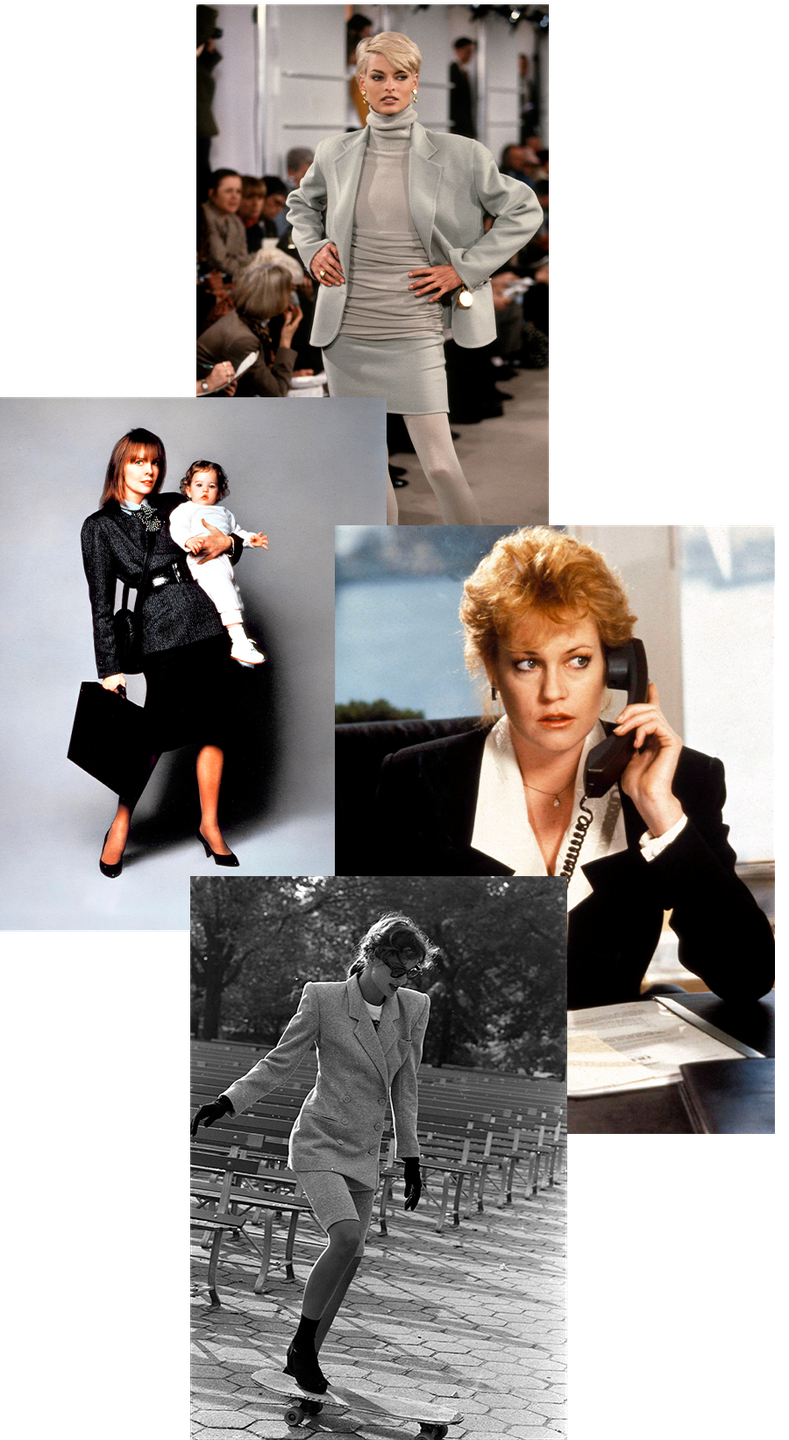
On the Spring 2024 runways, New York designers like Raul Lopez of Luar, Jane Wade, Rachel Comey, Phillip Lim, and Daniella Kallmeyer all offered reconsiderations of the commuting woman’s wardrobe, providing more approachable, breathable, and sometimes even subversive rebukes.
Wade titled her collection of skimpy minis and deconstructed shirting “The Commute” and explains that “the concept was birthed from my own experience working within the corporate fashion industry.” She adds, “So frequently, I felt out of place with my style, trying to fit in within the corporate culture itself.”
Others took a more practical tack. “My approach to design is very much inspired by the multifaceted ways women have to code-switch, transform, and be all things at once,” Daniella Kallmeyer says. “When thinking about commuting, I imagine how a pant can feel elevated and comfortable without needing to change shoes or how a bag that holds your laptop and work and gym clothes looks stylish and elegant when it comes to dinner.”
In Milan, Matthieu Blazy nodded to this idea at Bottega Veneta with his giant bags packed to the brim, cocooning overcoats, and effortless suiting. Then, in Paris, there was the playful but not super practical coat proposed by Jonathan Anderson at Loewe, with what looked like a built-in shoulder bag, made for the expensive-looking commuter who doesn’t have time to put on her outerwear and tote a carryall.
Miu Miu’s latest collections come the closest to reflecting what commuting style looks like right now, at least on the streets of New York. You see young women hurrying to their desk jobs in jeans or trousers, polo sweaters, and wrinkled vintage trench coats, usually in a pair of Salomon sneakers, a ballooning tote hung over their shoulders. You may catch a rare vintage suit purchased at a bargain price from the RealReal. It’s not polished, but it’s cool, and it’s a far cry from what dressing for the nine-to-five grind once looked like.
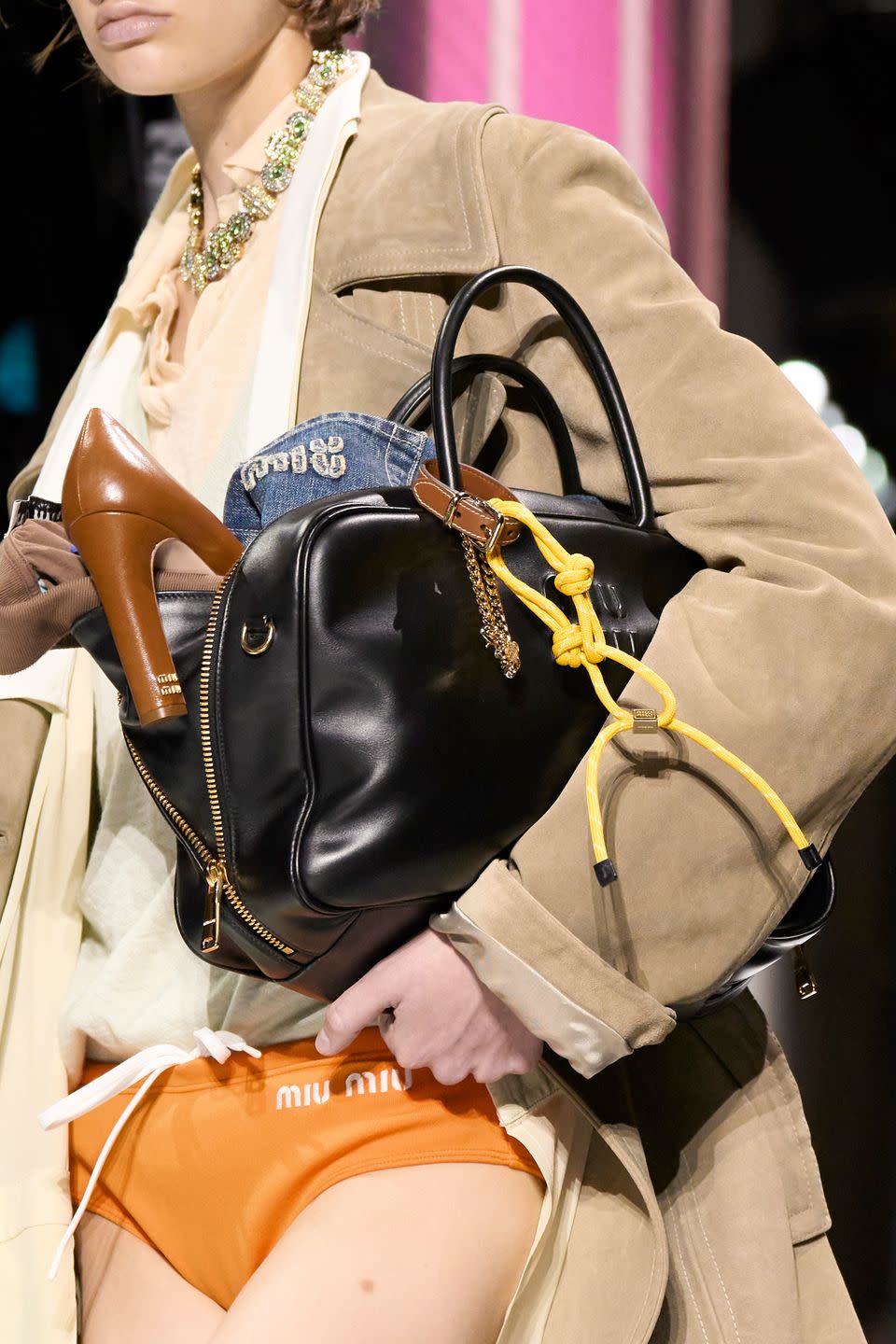
A growing number of designers are making clothes with a more finely tuned understanding of how women want and need to dress right now, an equation that factors in ease and comfort alongside refinement and verve. This idea of clothing that moves with you, that fits into our lives now, continues to be a theme into fall. Following his standout Fall 2024 collection for Bottega Veneta, Blazy spoke of “maximizing the quotidian.” He created a wardrobe of covetable and crisp outerwear and striking draped tops and dresses, his way of “making something beautiful out of the everyday.” While the idea of commuter-core may have been born of a desire to play dress-up, it’s now about the reality of our complicated lives, embracing the chaos and the journey—and, ultimately, how we dress to show up and get the job done.
You Might Also Like

